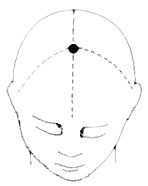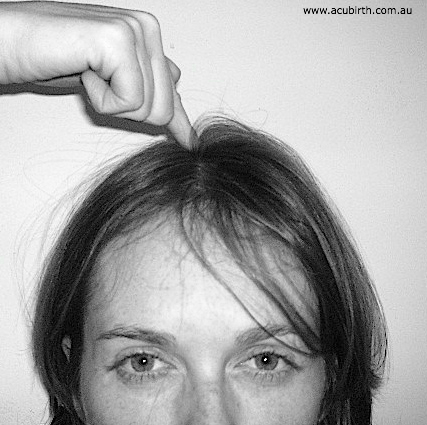Written by Dr. Benjamin Bluestein
CrossFit is sweeping the globe, one box at a time. For some, CrossFit is a source of motivation and health. For others, it's a source of fear, and injury. Luckily, there's help on the way! Dr. Bluestein's first post featured on this blog talks about all the major ways Chiropractic care can help with a CrossFit athlete's goals, and how it can work as a safety net to alleviate current injuries, or prevent future injuries. Been giving CrossFit a good, hard look as a fitness option? Definitely read on.
CrossFit is sweeping the globe, one box at a time. For some, CrossFit is a source of motivation and health. For others, it's a source of fear, and injury. Luckily, there's help on the way! Dr. Bluestein's first post featured on this blog talks about all the major ways Chiropractic care can help with a CrossFit athlete's goals, and how it can work as a safety net to alleviate current injuries, or prevent future injuries. Been giving CrossFit a good, hard look as a fitness option? Definitely read on.
- Dr. P
Crossfit & Chiropractic
I have patients who participate in the sport of Crossfit. Crossfit is “the SPORT of fitness”. Crossfit participants and athletes are incredibly committed, driven and hardworking individuals. Their goals are to improve time, weight and volume lifted. Crossfit athletes push themselves physically everytime. People must realize that Crossfit is a sport, just like basketball or football.
Is Crossfit Safe?
There is risk involved in any activity or SPORT. Crossfit is not exempt from this rule.Crossfit takes safety seriously and many gyms/boxes have mandatory “on-ramp” classes before participating in full workouts. Crossfit participants should be supervised by certified/qualified coaches. Anyone considering participating in Crossfit or any athletic sports should understand that there are prerequisites and risks with all movements.
What are the typical Crossfit injuries seen in a Chiropractic office?
Crossfit athletes can push themselves so much that it can lead to overuse muscle and tendon injuries, as well as spinal and extremity joint dyfunctions. Dysfunctions may or may not cause pain but over time may result in a pain and or more serious problems. I always tell and teach patients to listen to their body and not to push too hard if they are experiencing any discomfort.
In my experience, Crossfit participants typically have restricted range of motion and recurrent stiffness in the shoulders and hips. However the most serious complaints I have received in my Chiropractic office is lower back pain.
What about Crossfit makes lower back injuries so common?
Lifting exercises such as the squat and deadlift are done with high volume and weight. If these exercises are done with proper posture and technique they are great for functional core and leg strength. A proper moving spine and hips are required to perform these exercises. If an individual does not have the proper range of motion or ability prior to attempting the squat and deadlift they can become injured. For those with the ability, as athlete becomes tired, their form can be affected and eventually these exercises can cause injury.
Overhead exercises (snatch, thrusters, presses etc. ) are also performed. If a participant doesn’t have the prerequisite movement at the shoulders and mid back, compensations problems in the lower back will result. Take a look at the video below:
Do you look like this when you perform overhead activities? Time to see a Chiropractor that can determine why and how to fix it. Manual therapy and functional movement correction that Chiropractors provide are very effective at not only prevention but recovery as well.
How can Crossfit gyms/boxes and Chiropractors work together?
A Crossfit athlete’s goal is to maximize their body’s full athletic potential. Crossfit athletes are required to maintain their bodies by participating in proper training, nutrition and sleep. A Chiropractor’s goal is to optimize the patients’ body through manual treatment and advice on training, diet and treatment. Crossfit gyms can also help general chiropractic patients become more physically active in their own lives.
Our philosophies and goals go hand-in-hand. Regular treatment from a Chiropractor will allow for the maintenance and overall performance of the body. Regular Crossfit and physical activity can help people become healthier.
Chiropractors can also assess those thinking about joining Crossfit to determine if they have the prerequisite abilities.
What do the Crossfit athletes have to say?
If you don’t believe me, listen to Rich Froning Jr. Rich is the 4 x reigning and defending “Fittest Man on Earth”. He has won the Reebok Crossfit Games continuously since 2011 to 2014. He is an advocate for Chiropractic care and believes Crossfitters can benefit from seeing a Chiropractor.





